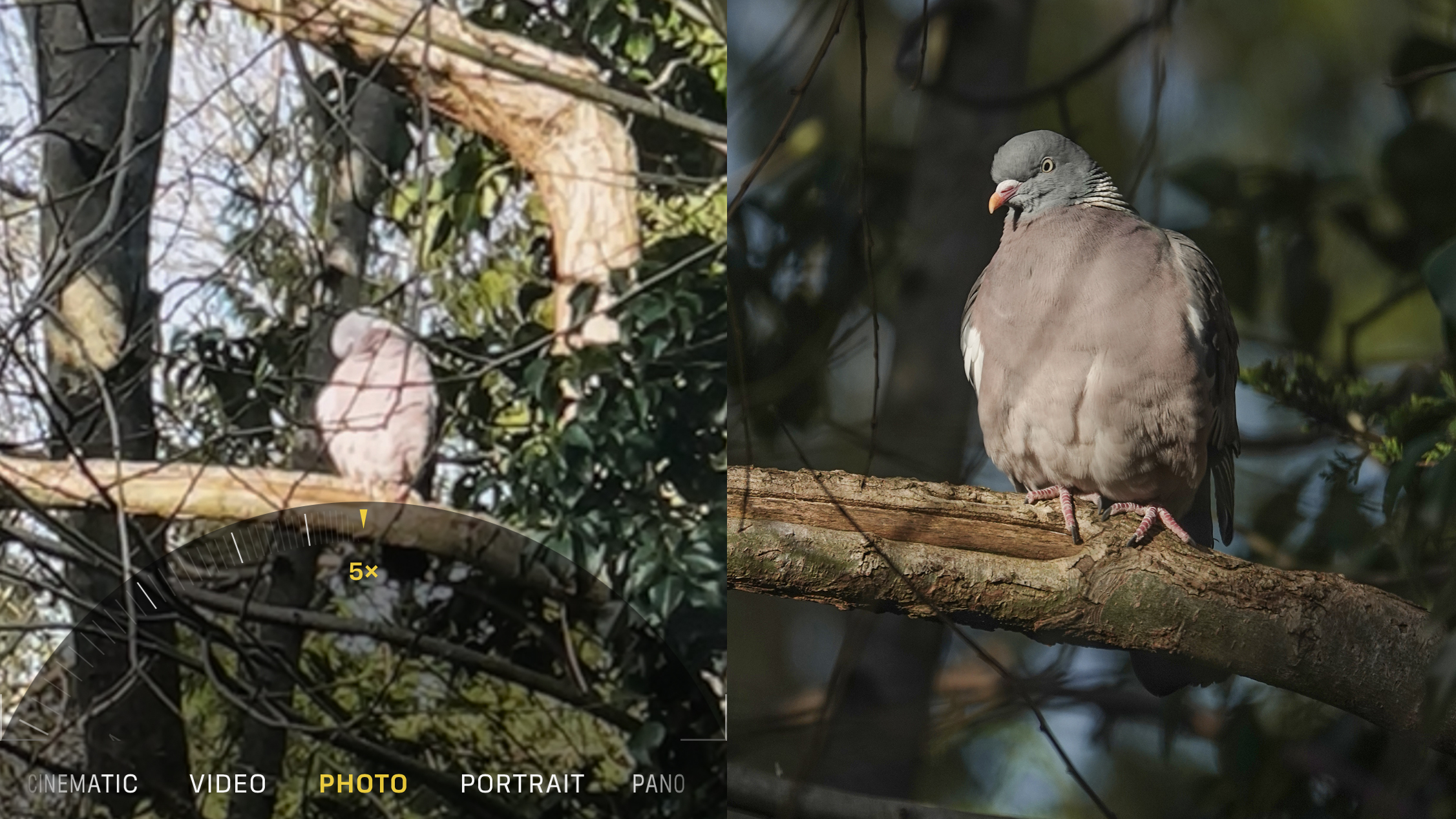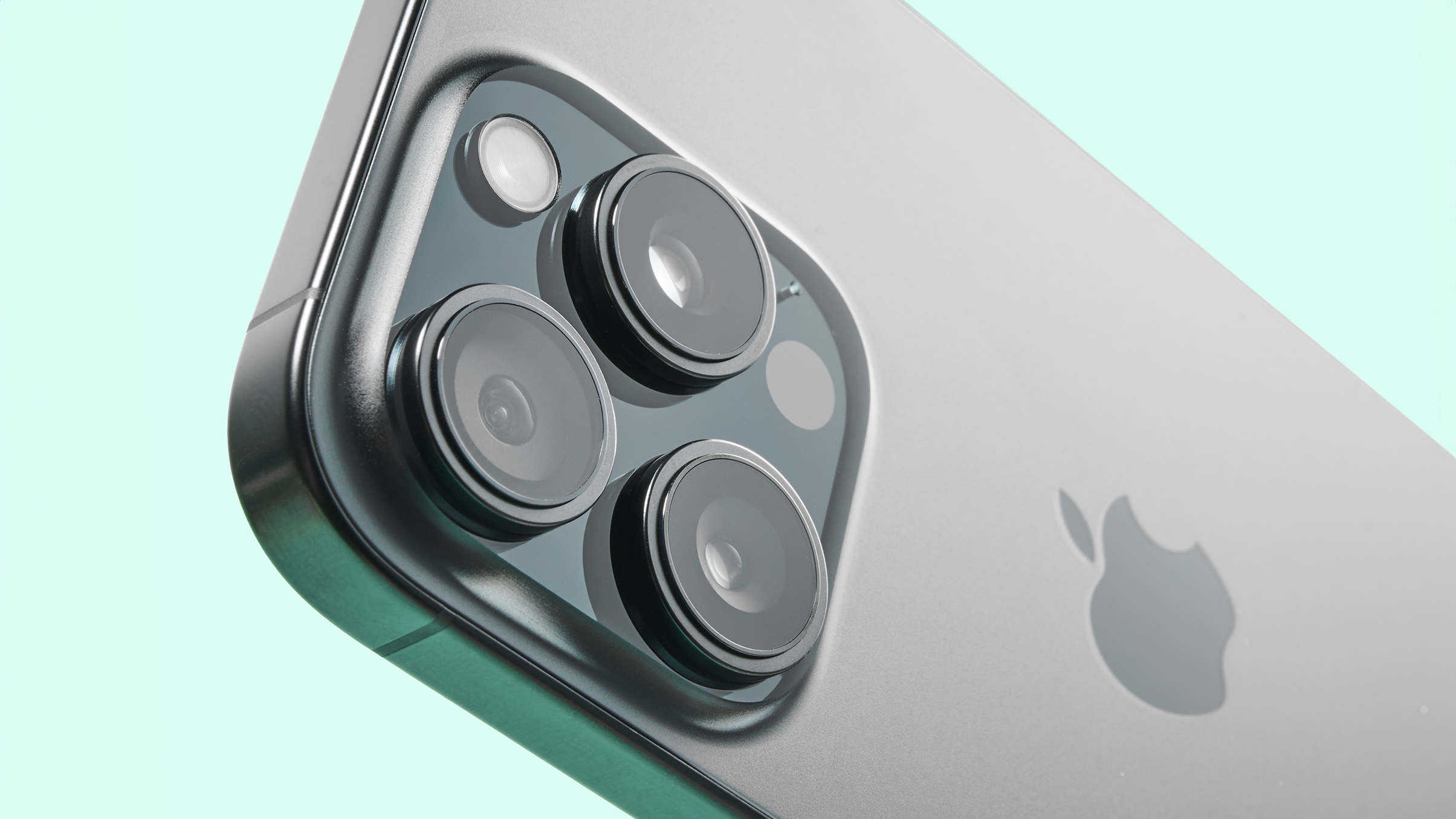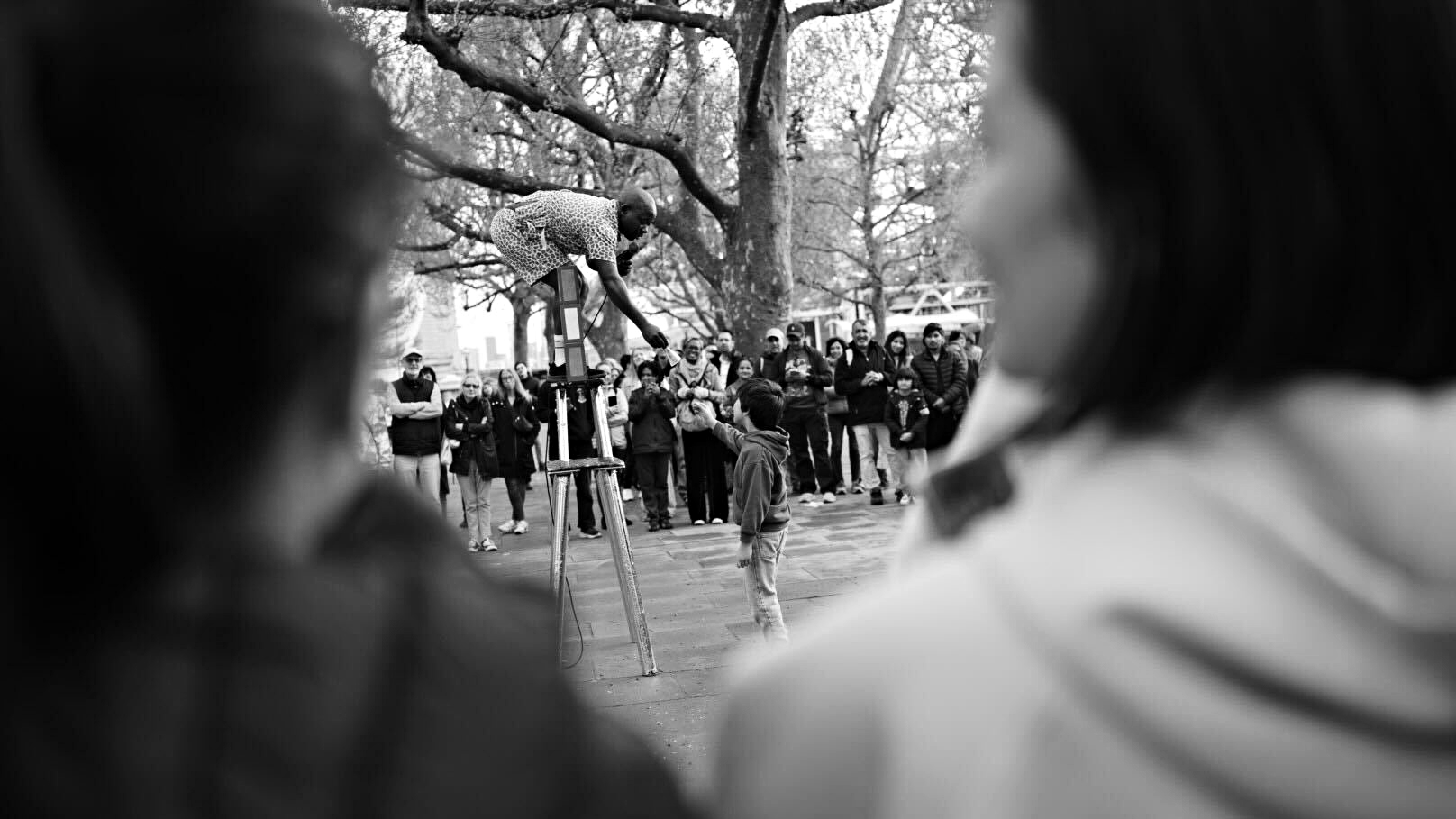Optical zoom vs digital zoom: What's the difference?
You've heard the terms but, when it comes to optical zoom vs digital zoom, what do they mean and which is best to use?

Want to get closer? Then it's optical zoom vs digital zoom. But what are they and which is best to use?
When it comes to smartphone photography, zoom is something you really want to use carefully, as it can seriously affect the quality of your images. While the best camera phones keep getting better, it's important to consider the optical zoom vs digital zoom question.
Let’s start with the arguably better choice: optical zoom. This term refers to actually zooming in on your subject by changing the lens' focal length, which magnifies the image by physically moving the optical elements.
You might be more familiar with this because it’s the type of zoom you get when photographing with DSLRs or mirrorless cameras, whereby you zoom a lens in and out (though some do offer a digital zoom or "digital teleconverter" option).
Smartphones, however, come equipped with one or more fixed camera modules, like wide-angle and telephoto lenses, or even periscope telephoto lenses. So, to change the focal length, you need to choose a completely different lens.
This might be an 85mm lens, which on many phones is called a 5x zoom lens because it has 5 times the magnification of the standard lens – but it is still a fixed lens.

Now, “digital zoom” is a different story. Since the lens elements in these cameras cannot be physically moved, the "zoom" is instead achieved by cropping into the image, usually by tapping on the screen. (There are a very limited number of phones that boast true moving optical zooms, like the Sony Xperia 1 V with its 3.5x - 5.2x lens.)
This method isn’t just for smartphones; it works with some digital point-and-shoot cameras and camcorders too. However, because digital zoom is all about cropping and enlarging through software, it often leads to lower-quality images.
When using digital zoom, the camera employs interpolation to guess the pixel values and fill in the gaps left by cropping – which, no wonder, often results in images that are noisy and lack detail.
That said, if you’re shooting with digital zoom on a high-megapixel sensor – like one around 45MP – the issues might not be as bad, depending on how much you zoom in.
Some of the best smartphone cameras out there, like the Pixel 9 Pro / Pixel 9 Pro XL with its 50MP main camera, the iPhone 16 Pro / Pro Max with 48MP, and the Samsung Galaxy S25 Ultra rocking a massive 200MP main camera, are built to handle this kind of situation.
You might also like…
Check our guide to the best Samsung phones and the best iPhone for photography. And to achieve the best optical zooming, take a look at the best standard zoom lenses and best telephoto lenses.
Get the Digital Camera World Newsletter
The best camera deals, reviews, product advice, and unmissable photography news, direct to your inbox!

Kim is the Staff Writer on Digital Camera World, and formerly Technique Editor at Digital Photographer, focusing on the art and science of photography. With a Master’s degree in Photography and Media, she is driven to educate through an analytical approach, visually and technically. With her guides and tutorials, Kim seeks to uncover new facets of this time-honoured medium and foster a deeper understanding of its profound role in culture. Kim highlights topics that resonate with modern society, including women in photography and critical issues such as environmental conservation. She also discusses and reviews camera gear, giving you an overview to find the best fit for your photography journey.
You must confirm your public display name before commenting
Please logout and then login again, you will then be prompted to enter your display name.
